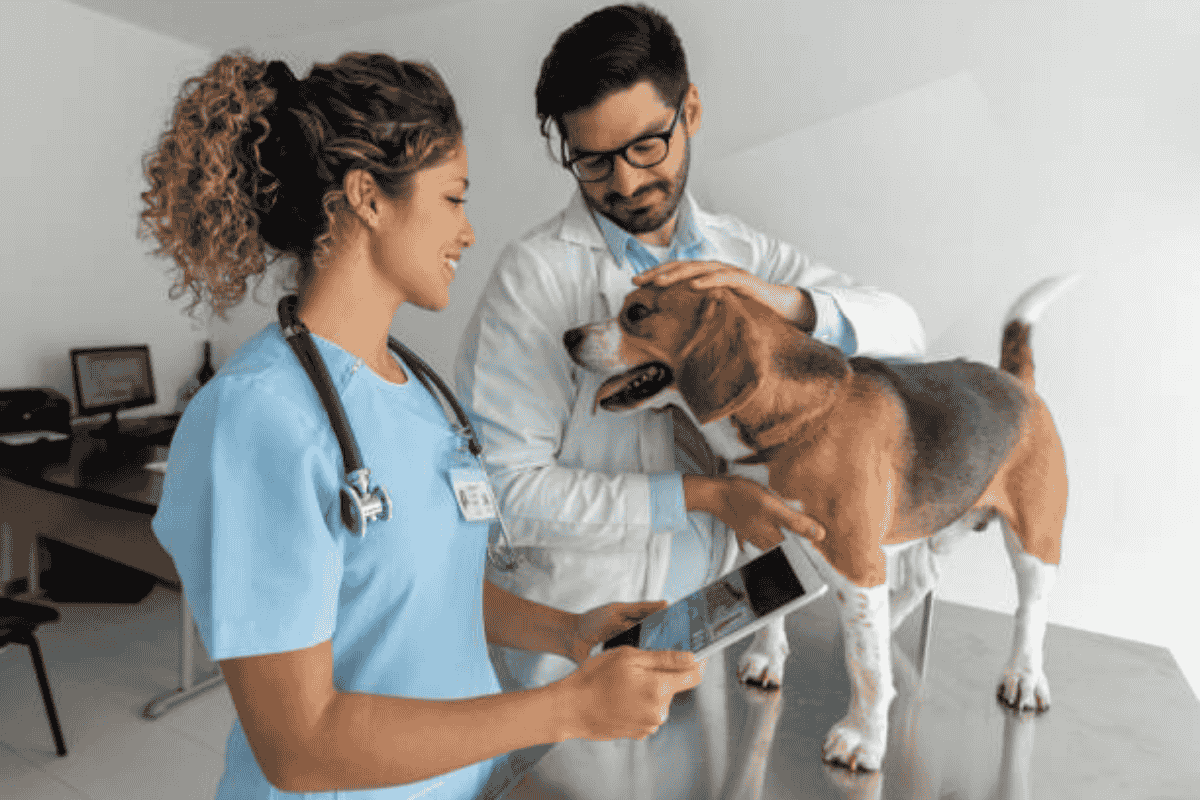Vet visits are a necessary part of keeping your pet healthy, but they can be stressful—for both pets and their humans. While some pets take vet visits in stride, many experience anxiety, fear, or even behavioral changes in a clinical setting. As a pet parent, your approach can make a huge difference.
Here are 10 things not to do at the veterinarian’s office, plus why avoiding them matters for your pet’s health, your peace of mind, and the staff’s ability to provide the best care.
1. Assume Good Behavior in Your Pets
Even the sweetest, calmest pet at home may behave very differently at the vet. New environments, strange smells, or past negative experiences can bring out stress-related behaviors.
- Cats may struggle with sudden changes. Consider a Fear Free-certified clinic and give them time to adjust.
- Dogs should be on a leash and guided with positive reinforcement. Treats and praise can help ease anxiety.
Always let staff know if it’s your pet’s first visit—they can adjust accordingly.
2. Not Use a Leash
Never assume your dog doesn’t need a leash. An unleashed pet in the waiting room can:
- Stress out anxious or sick animals
- Cause safety issues with other pets or people
- Startle small animals in carriers
Keep your dog leashed and under control at all times.
3. Not Use a Carrier
For cats, rabbits, birds, and small pets, a secure carrier is essential. It:
- Prevents escape or injury
- Provides a sense of safety
- Makes handling easier for veterinary staff
Help your pet feel comfortable with their carrier by leaving it out at home, adding soft bedding, and offering treats inside.
4. Use a Retractable or Very Long Leash
Retractable leashes are dangerous in crowded spaces—they can cause tangling, tripping, and injury.
- Choose a short, fixed-length leash for vet visits.
- Pair with a sturdy harness for better control.
Save long leashes for outdoor walks, not waiting rooms.
5. Medicate Without Vet Guidance
Never give your pet leftover or unprescribed medications before a visit. Risks include:
- Masking symptoms, making diagnosis harder
- Dangerous side effects or drug interactions (e.g., serotonin syndrome or GI issues from mixing NSAIDs and steroids)
Instead, bring a full list of your pet’s current medications and medical history.
6. Assume Pricing Will Be the Same Everywhere
Costs vary between clinics based on location, size, and resources. Don’t expect prices to match what your friend paid elsewhere.
- Larger pets often require more medication and higher doses.
- Pet insurance or wellness plans can help manage costs.
7. Assume Your Pet’s Diagnosis
Avoid arriving with a self-diagnosis. Many symptoms—like vomiting—could point to dozens of conditions. Trust your veterinary team to conduct exams and diagnostics before jumping to conclusions.
8. Google Your Way to Cancer
While researching can be helpful, online searches often fuel unnecessary panic. Stick to trusted veterinary resources, and avoid spiraling into worst-case scenarios before your visit.
9. Judge Veterinary Staff by Their Cover
Veterinary teams are diverse. Don’t make assumptions about a vet’s knowledge or ability based on their age, appearance, or background. Every staff member is there to help your pet.
10. Think Vets Are Adding Unnecessary Tests to Charge More
Veterinarians don’t enter the field for money—they do it out of love for animals. Recommended tests aren’t about padding the bill; they’re about ensuring your pet gets the best possible care.
A veterinary visit can be stressful, but with preparation and the right mindset, it doesn’t have to be overwhelming. By avoiding these common mistakes, you’ll help create a calmer, safer, and more positive experience—for your pet, yourself, and the veterinary team.












